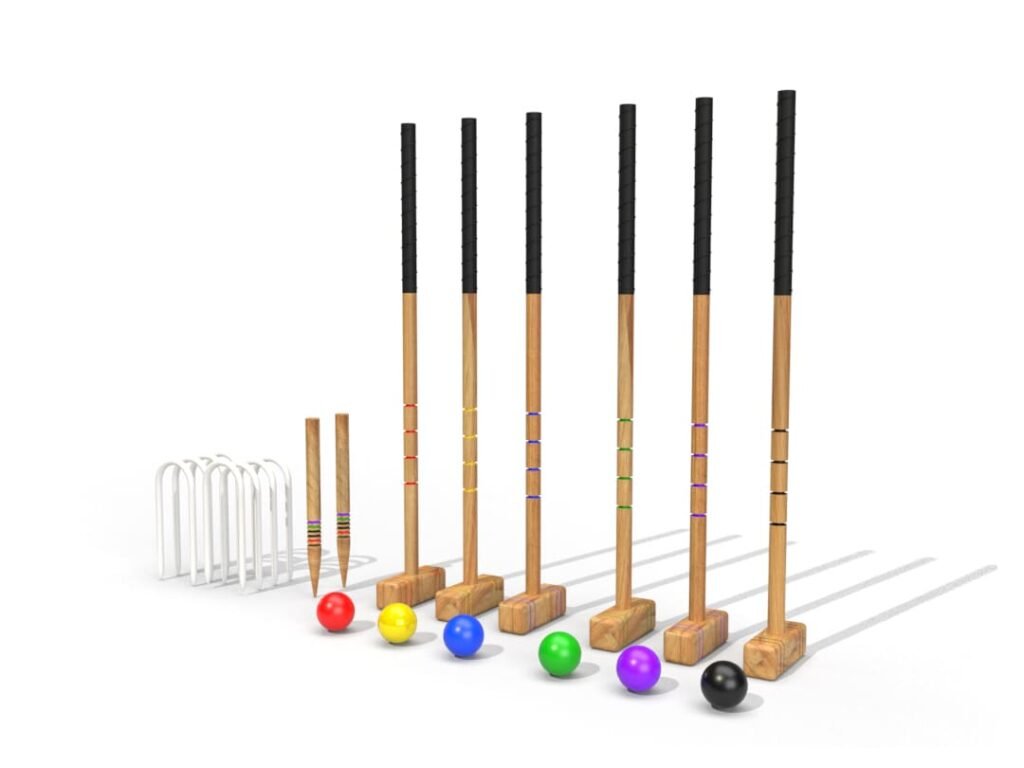Ever lost a game of Connect 4 to your niece and wondered, “Did I screw up by going first? Should I have let her start?” Trust me, I’ve been there—staring at that grid, feeling the heat of a 7-year-old’s smug victory dance. But here’s the kicker: the answer isn’t just about pride. It’s about strategy, and guess what? The same logic applies when you’re picking a supplier for your wooden garden games. Let’s dive in.
Short Answer? Going first gives a 55% win rate, but second players can turn the tide with smart counterplays.
Now, let’s unpack why this matters for YOU—a busy buyer juggling quality, cost, and deadlines.

Why This Debate Matters More Than You Think
The Psychology of First Moves: Confidence vs. Pressure
Going first feels powerful, right? You set the tone, control the center, and force your opponent to react. But here’s the catch: that power comes with pressure. One wrong drop, and suddenly you’re scrambling to block their lines. It’s like negotiating with a supplier—you want to lead the conversation, but if you don’t have your specs ready? Game over.
The Second Player’s Secret Weapon: React and Conquer
Second players get to play defense. You watch, learn, and strike where they’re weak. Think of it like waiting for a supplier to send samples (cough Kangjie’s 7-day sampling cough) before committing. Sometimes, letting them show their hand first saves you from costly mistakes.
Breaking Down the Math: What Do the Numbers Say?
Studies Show First Players Win 55% of the Time
Yep, research proves first-move advantage is real. But 55% isn’t a landslide—it’s like preferring a supplier with a 500-set MOQ over one demanding 1,000. Sure, lower risk, but you still need to nail execution.
But Wait… Second Players Have Hidden Opportunities
Ever heard of the “switcheroo” tactic? Skilled second players can bait first players into overcommitting, then steal the win. It’s like finding a supplier who offers volume discounts after you’ve tested their samples. Patience pays.
Pros and Cons of Going First
Pro: Control the Board Early
Drop that first token dead center, and you’ve got options in every direction. It’s like partnering with a factory that has ready-made inventory—no waiting, just progress.
Con: One Mistake Can Cost You the Game
Get too aggressive, and you’ll leave gaps for your opponent to exploit. Remind you of suppliers who promise the moon but miss deadlines? Yeah, flashy moves ≠ reliable results.
Pros and Cons of Going Second
Pro: Learn From Your Opponent’s Mistakes
Watch their opener, then adjust. It’s like reviewing a supplier’s certifications before signing a contract. Knowledge is power.
Con: Playing Catch-Up Ain’t Easy
If the first player locks the center, you’re stuck reacting. Same vibe as chasing a factory that’s “too busy” to answer emails. Frustrating, right?
Expert Strategies for Both Sides
First Player’s Playbook: Dominate the Center
Claim the middle column early. This isn’t just Connect 4 advice—it’s Business 101. At Kangjie, we “control the center” by responding to inquiries in under 4 hours. Speed = control.
Second Player’s Hack: Mirror Their Moves
Copy their moves to create symmetry, then break the pattern when they least expect it. Works in games and negotiations. “Oh, you need 500 sets? How about 500 with custom branding in 30 days?”
How This Relates to Business (Yes, Really!)
Connect 4 Tactics = Smarter Supplier Negotiations
Every move in Connect 4 is a decision: rush, defend, or adapt. Your supplier choices? Same logic. Opt for partners who balance speed (first-move energy) and flexibility (second-move wisdom).
Why Kangjie’s Fast Responses Mirror a Winning Connect 4 Strategy
We get it—you’re Andy, the cautious buyer. You don’t just want a supplier; you want a teammate who’s got your back. Fast samples? Check. Certifications? Double-check. Confidentiality agreements? We’ll sign ’em in glitter ink if you want.
Conclusion: So, Which Should YOU Choose?
If you’re confident and prepared, go first. If you prefer to strategize reactively, go second. Either way, success hinges on picking a partner who’s ready for both styles. Hint: That’s us.
FAQs
- Does going first guarantee a Connect 4 win?
Nope—it’s 55% odds, but skill matters. Like how MOQs don’t guarantee quality, but Kangjie’s 500-set minimum does. - What’s the best opening move in Connect 4?
Center column, every time. Just like leading with clear specs when emailing suppliers. - Can second players force a draw?
Yes, with perfect play. But who wants a draw? Aim for wins—and suppliers who help you get them. - Why do suppliers like Kangjie offer faster sampling?
Because time = money, and we’d rather you spend yours on growing sales, not waiting for prototypes. - How do I avoid Connect 4 losses (and bad suppliers)?
Plan ahead, watch for red flags, and partner with folks who play the long game. Wink.
Custom Message
Hey, Andy! Tired of suppliers who drag their feet? Kangjie’s here to turn your Connect 4 losses into sourcing wins. Fast responses, lower MOQs, and a team that’s got your back. Let’s chat: www.kangjiegardengame.com.










